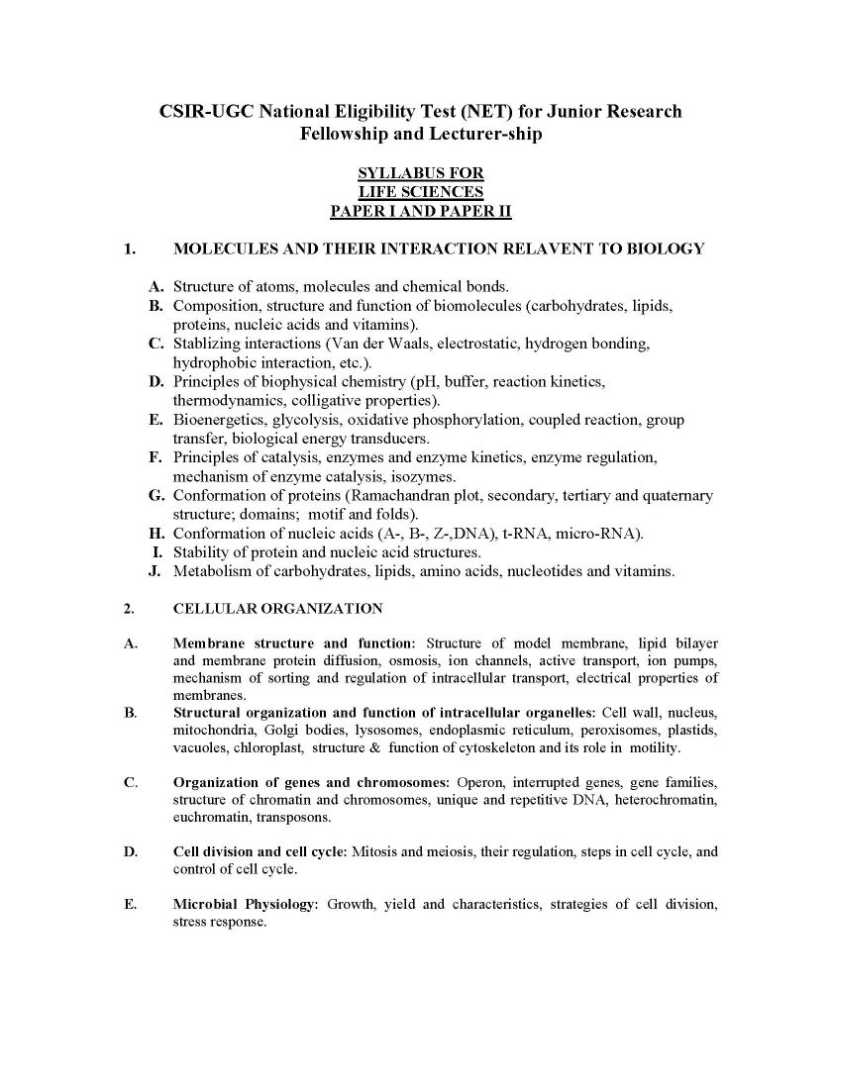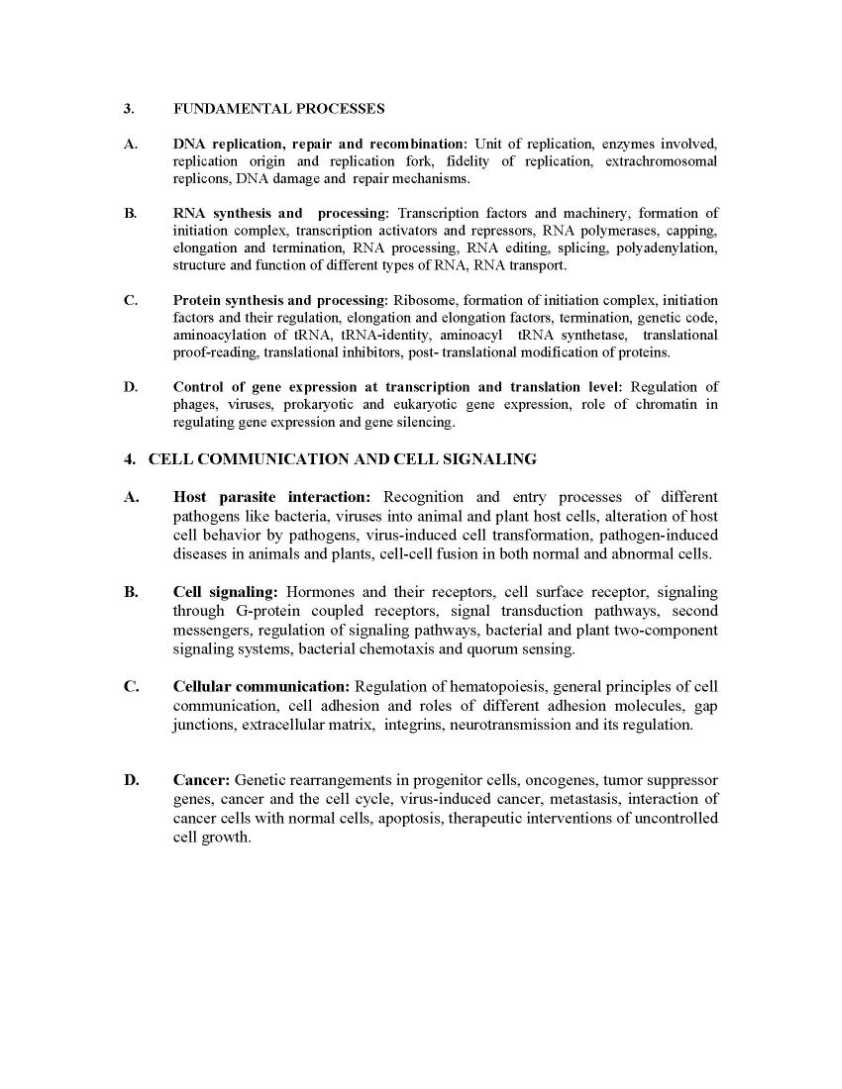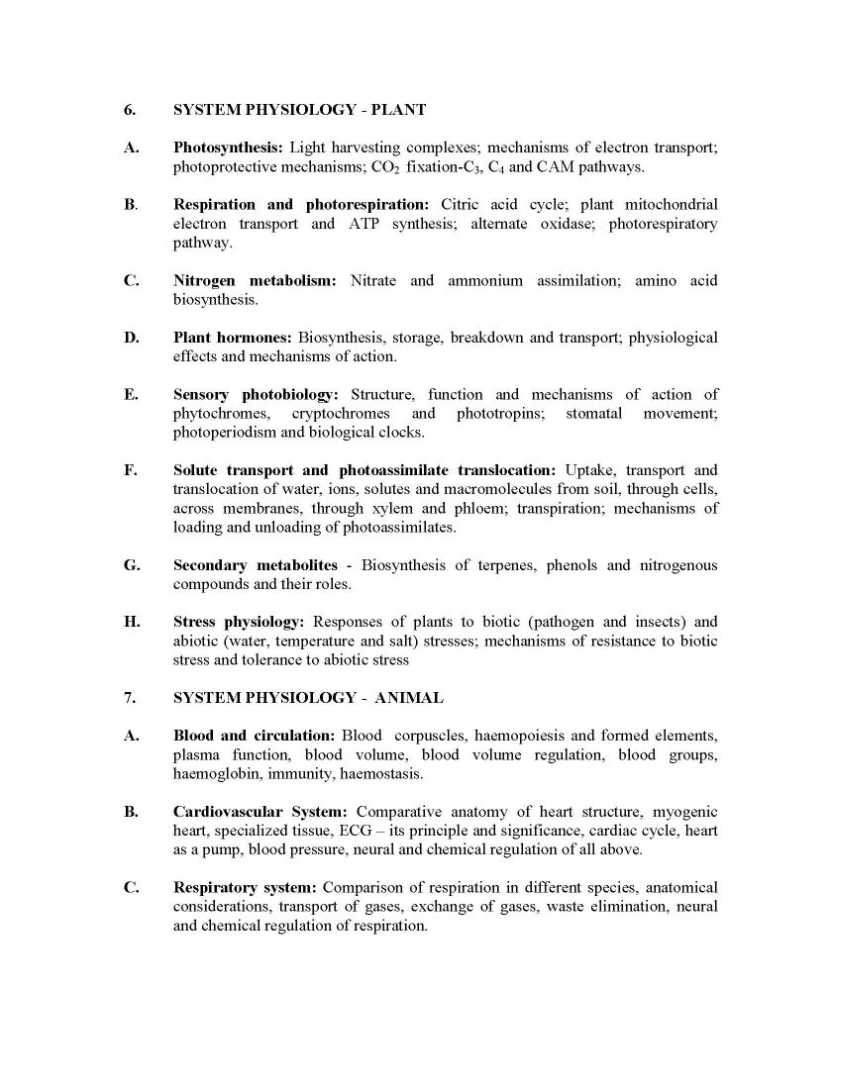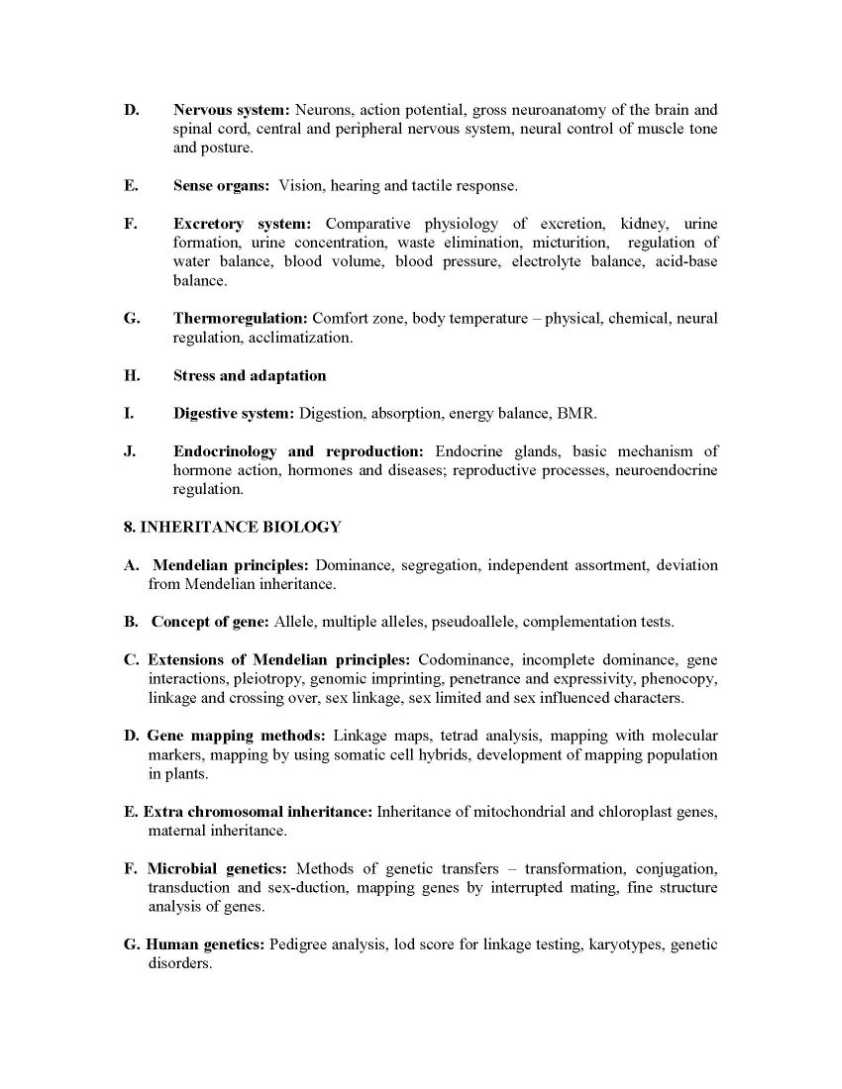|
#2
5th August 2014, 07:57 AM
| |||
| |||
| Re: CSIR University Grants Commission NET JRF syllabus of Biotechnology
As you want to get the CSIR University Grants Commission NET JRF syllabus of Biotechnology so here it is for you: Some content of the file has been given here: 1. MOLECULES AND THEIR INTERACTION RELAVENT TO BIOLOGY A. Structure of atoms, molecules and chemical bonds. B. Composition, structure and function of biomolecules (carbohydrates, lipids, proteins, nucleic acids and vitamins). C. Stablizing interactions (Van der Waals, electrostatic, hydrogen bonding, hydrophobic interaction, etc.). D. Principles of biophysical chemistry (pH, buffer, reaction kinetics, thermodynamics, colligative properties). E. Bioenergetics, glycolysis, oxidative phosphorylation, coupled reaction, group transfer, biological energy transducers. F. Principles of catalysis, enzymes and enzyme kinetics, enzyme regulation, mechanism of enzyme catalysis, isozymes. G. Conformation of proteins (Ramachandran plot, secondary, tertiary and quaternary structure; domains; motif and folds). H. Conformation of nucleic acids (A-, B-, Z-,DNA), t-RNA, micro-RNA). I. Stability of protein and nucleic acid structures. J. Metabolism of carbohydrates, lipids, amino acids, nucleotides and vitamins. 2. CELLULAR ORGANIZATION A. Membrane structure and function: Structure of model membrane, lipid bilayer and membrane protein diffusion, osmosis, ion channels, active transport, ion pumps, mechanism of sorting and regulation of intracellular transport, electrical properties of membranes. B. Structural organization and function of intracellular organelles: Cell wall, nucleus, mitochondria, Golgi bodies, lysosomes, endoplasmic reticulum, peroxisomes, plastids, vacuoles, chloroplast, structure & function of cytoskeleton and its role in motility. C. Organization of genes and chromosomes: Operon, interrupted genes, gene families, structure of chromatin and chromosomes, unique and repetitive DNA, heterochromatin, euchromatin, transposons. D. Cell division and cell cycle: Mitosis and meiosis, their regulation, steps in cell cycle, and control of cell cycle. E. Microbial Physiology: Growth, yield and characteristics, strategies of cell division, stress response.      For more detailed information I am uploading a PDF file which is free to download: |